Animals don’t go to therapy, and they don’t scroll through mindfulness apps, but they’ve got stress management down in ways we can learn a lot from.
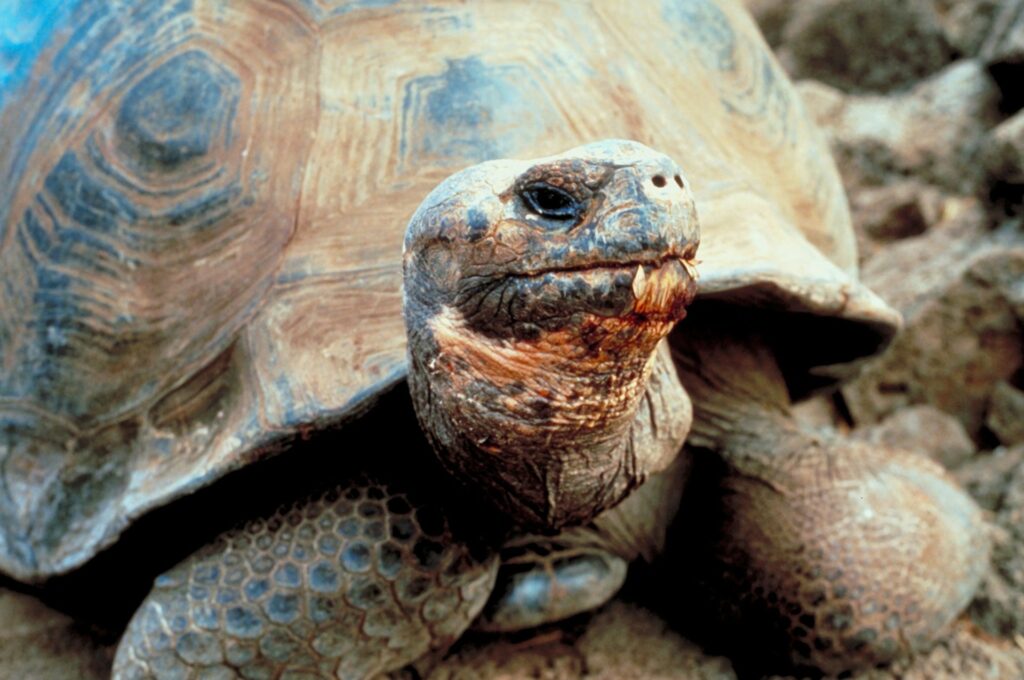
In the wild, stress is a matter of survival. Fight, flee, or freeze—and then reset. Unlike humans, animals don’t tend to ruminate, spiral, or stay stuck in stress mode for hours (or days) on end.
While humans often live in a constant state of low-level anxiety, animals deal with acute stress in the moment, then return to calm. They don’t overanalyse, blame themselves, or lose sleep over things they can’t control. Instead, they rely on instincts honed over millions of years of evolution—instincts that help them survive and, in many cases, stay emotionally balanced.
The way animals manage fear, discomfort, and emotional overwhelm is both practical and instinctive. They know when to rest, when to act, and when to let things go. And while humans have far more complicated lives, there are still some brilliant lessons we can take from our furred, feathered, and scaled neighbours. Here are 12 ways animals can teach us how to handle stress.
1. Shake it off like a gazelle.
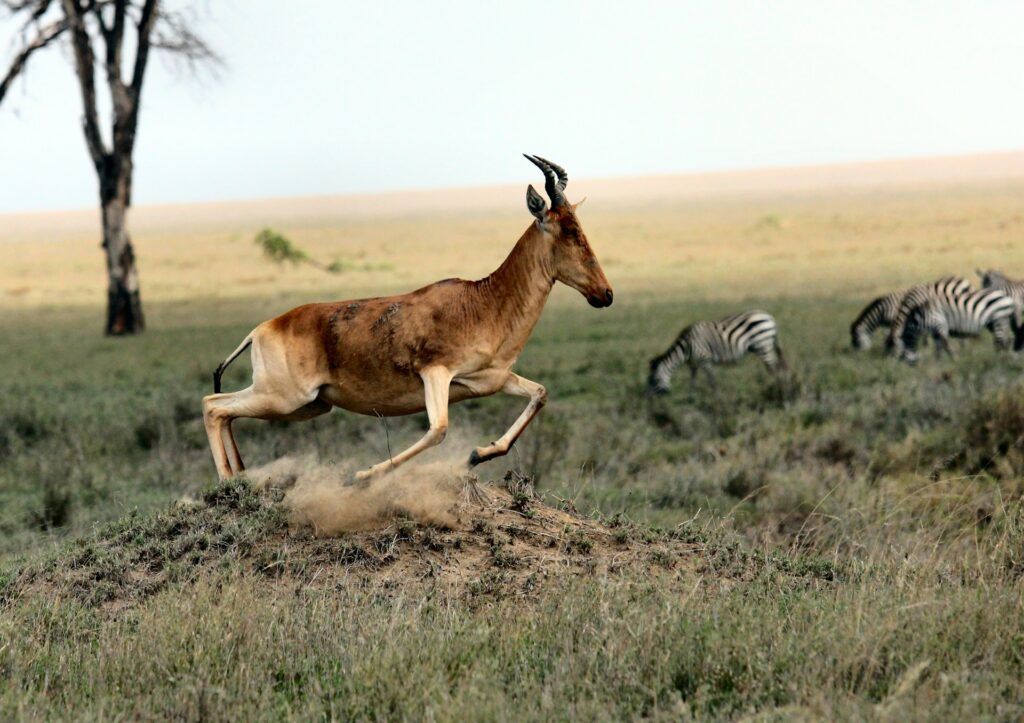
When a gazelle escapes a lion, it doesn’t sit in the grass replaying the event. It shakes—literally. This trembling or shivering is the nervous system discharging the energy of the trauma. It’s a reset, not a breakdown. Humans have a similar response, but we often suppress it. Letting the body move, tremble, or shake can be a powerful way to process stress.
Practices like somatic therapy and trauma release exercises are inspired by this exact behaviour. Shaking, stretching, or even dancing in a non-performative way can help release stored tension and bring the body back into a state of regulation.
2. Nap like a lion.
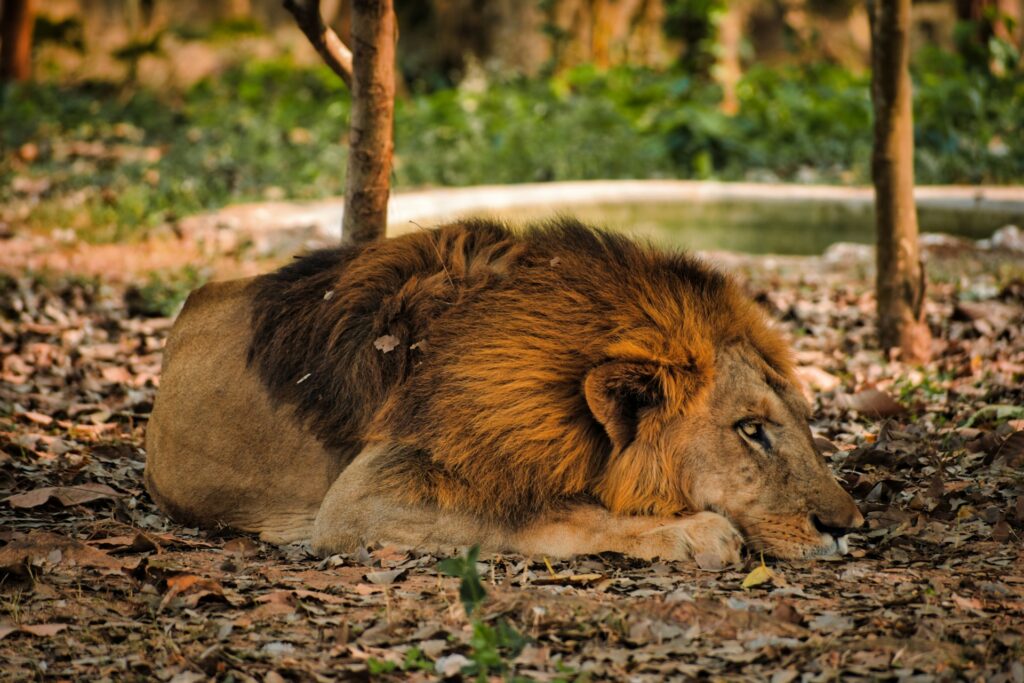
Lions sleep for up to 20 hours a day when they’re not hunting. Rest isn’t laziness, either; it’s part of their survival strategy. While we may not need that much shut-eye, honouring your body’s need for downtime helps you stay strong and focused when you do need to act.
Short naps, deep rest, and quiet time aren’t indulgent. In fact, they’re essential. Even brief moments of stillness can help regulate your nervous system and reduce cortisol levels. Listening to your fatigue rather than pushing through it is one of the most sustainable ways to reduce stress.
3. Set boundaries like a cat.
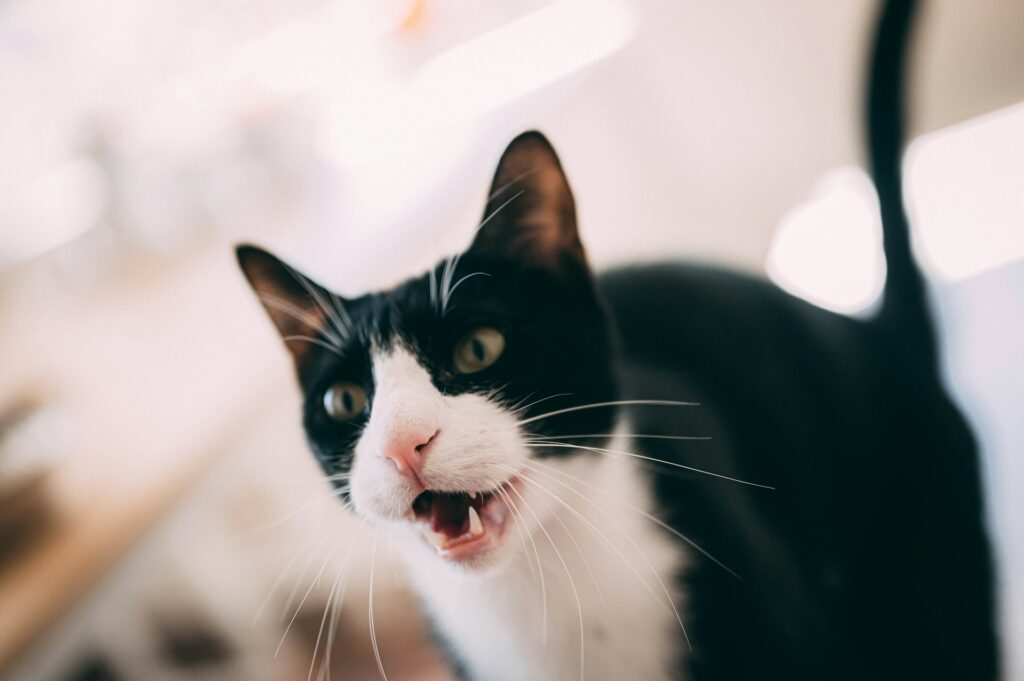
Cats are masters of saying no. They walk away when they’ve had enough, claim their space, and don’t feel guilty about it. If something’s too loud, too rough, or too invasive, they’re out. Learning to recognise your limits and act on them without overexplaining can be a game-changer when you’re overwhelmed.
They don’t apologise for needing space or rest. They simply assert it. Setting clear boundaries with your time, energy, and attention is a key part of keeping stress manageable, especially when modern life demands constant availability.
4. Focus like an owl.
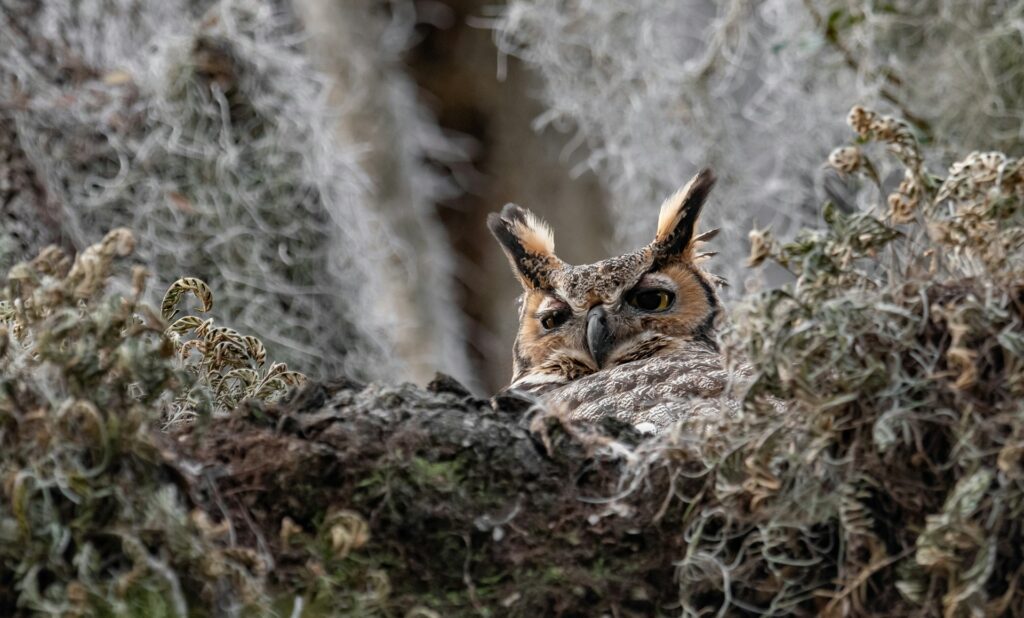
Owls don’t try to multitask. They wait, watch, and pounce at exactly the right moment. When stress makes you feel pulled in a million directions, slowing down and focusing on one thing at a time can help. Choose your target. Block everything else out.
Owls also have incredible hearing and night vision—reminding us that tuning in and staying present often gives us more information than frantic movement. Focus is a stress-reducer, not just a productivity hack.
5. Socialise like a dolphin.

Dolphins are highly social animals, and they use connection to thrive. They play, groom each other, and form deep bonds. When we’re stressed, we often isolate. However, reaching out, laughing, or simply spending time with people we trust is one of the most powerful tools for emotional regulation.
Social connection boosts oxytocin and lowers stress hormones. Whether it’s chatting to a friend, hugging someone, or simply sharing space with people who feel safe, social time is one of the most biologically calming things we can do.
6. Ground yourself like a deer.
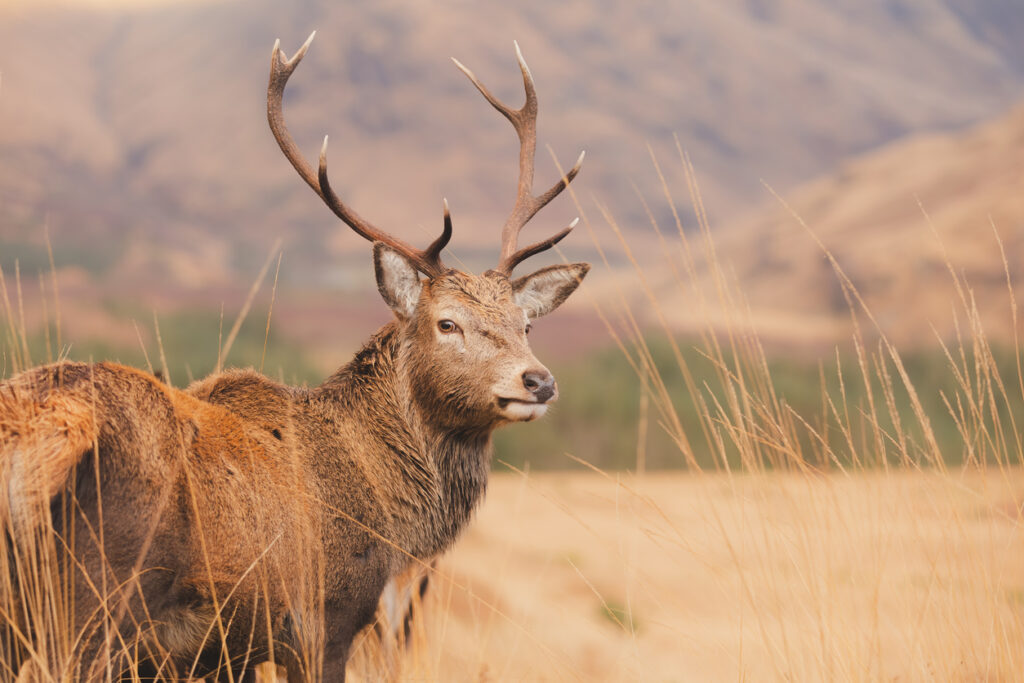
When deer sense a threat, they freeze and assess. If danger passes, they go back to grazing. They stay grounded in the present. We often stay locked in the fear, waiting for the worst. Tuning into your body, surroundings, and breath can help ground you and bring you back into safety.
Grounding techniques like feeling your feet on the floor, naming what you can see and hear, or slowing your breath mirror what deer and other prey animals do naturally. It’s a way of signalling to your nervous system that the immediate danger has passed.
7. Adapt like an octopus.

Octopuses adapt to almost anything. They change colour and texture to match their environment, and if needed, they flee, hide, or reshape themselves. Stress often comes from feeling stuck or out of control. Watching how some animals flex and adjust can remind us that change isn’t failure, it’s strategy.
Octopuses are also problem-solvers. They explore, learn, and respond to new situations with creativity. Being willing to try something different, shift your expectations, or find new solutions is one of the most effective ways to reduce the intensity of chronic stress.
8. Rest when you need it, like a koala.

Koalas conserve their energy with intention. Because they survive on low-calorie eucalyptus, they rest a lot—up to 22 hours a day. We can’t run on empty, and trying to power through constantly only makes stress worse. Pacing yourself and building in breaks is essential, not optional.
Rest doesn’t always mean sleep. It might be sitting quietly, turning off your phone, or doing something calming and slow. Giving yourself real recovery time without guilt is one of the best investments you can make in your mental health.
9. Reset like a bird after a storm.
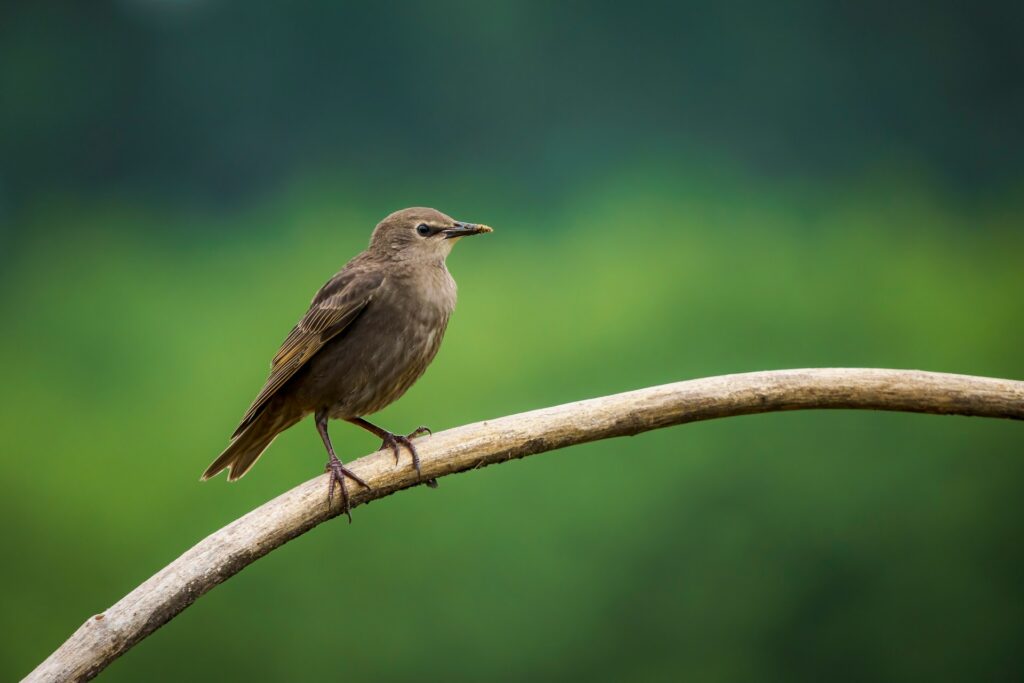
Birds don’t wait for a sunny day to start rebuilding—they get back to it as soon as they can. Life will throw curveballs. Stress, grief, disappointment, and shock are inevitable. But after the winds die down, animals return to what matters. We can too.
You don’t have to be fully healed to start again. The animal world teaches us that restoration happens in motion—not just in waiting. Taking small steps forward, even while you’re still carrying some of the storm, is how we rebuild resilience.
10. Express your feelings like a dog.

Dogs don’t bottle things up. They bark, whine, wag, sigh, or hide—whatever they’re feeling, they show it. Stress becomes toxic when we suppress it. Finding safe ways to express emotion, whether that’s through talking, writing, movement, or art, helps release what’s stuck inside.
Dogs also seek comfort when they need it. They nuzzle close, make eye contact, or lean on someone they trust. We’re allowed to do that too. Emotional expression isn’t a weakness; it’s a pressure valve.
11. Create calm rituals like a cat grooming.

Cats groom to self-soothe. The repetitive motion helps regulate their nervous system. Humans can benefit from the same idea—repetitive, soothing routines like brushing hair, knitting, making tea, or tidying up can provide comfort when you’re frazzled.
These actions are small but powerful. They signal safety to the brain, restore a sense of control, and give the mind a chance to slow down. Especially during chaotic times, calm rituals can become anchors.
12. Know when to move and when to be still like a tortoise.
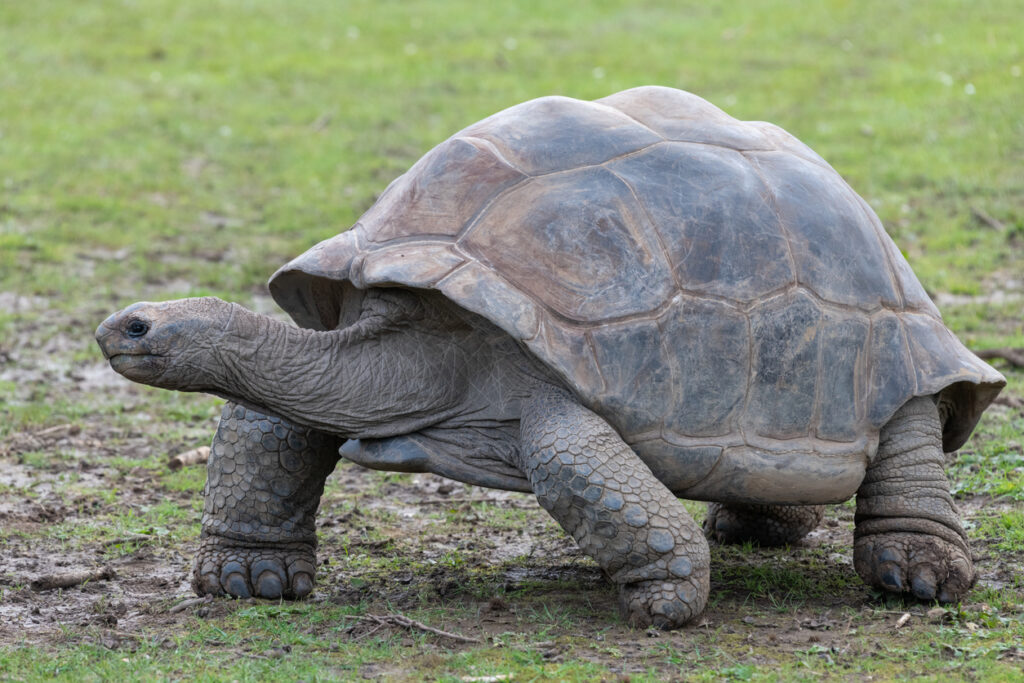
Tortoises know the value of stillness, but they’re not afraid to move when it’s time. Stress can make us freeze or rush around without thinking. Finding that balance between action and pause is something animals do instinctively. It’s worth learning.
Sometimes the most helpful thing is to wait. Other times, it’s to make a small move in the right direction. Developing the self-trust to know the difference is what helps animals survive—and it can help us navigate pressure more wisely too.
We might not have tails, wings, or paws, but when it comes to handling stress, animals have a lot to teach us.

Their wisdom isn’t about self-help slogans or productivity hacks; it’s about tuning in, reacting wisely, and knowing when to rest, retreat, or reset.
In a world that rarely stops spinning, finding moments of clarity, quiet, and connection is more vital than ever. Animals don’t overcomplicate things. They feel what they feel, respond how they need to, and then carry on. If we paid closer attention, we might realise just how much of that is available to us, too.